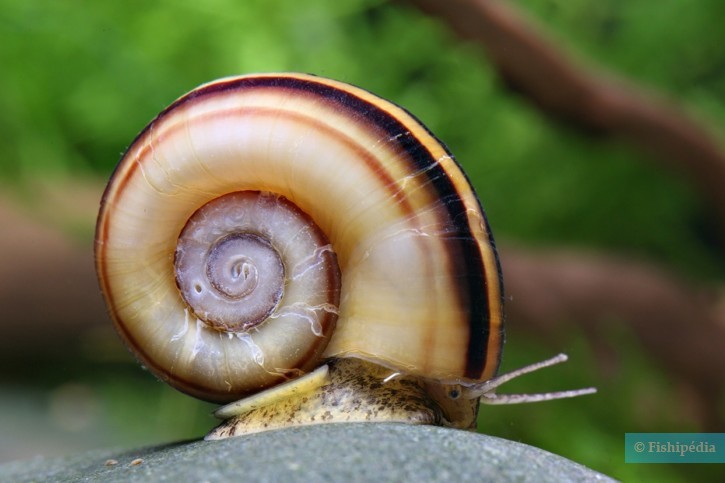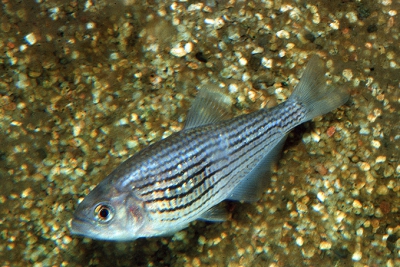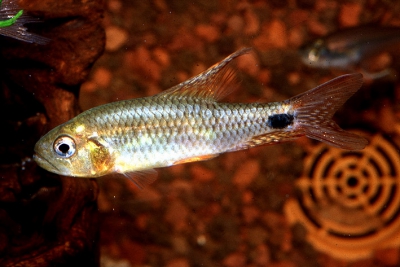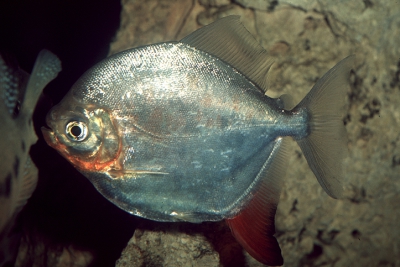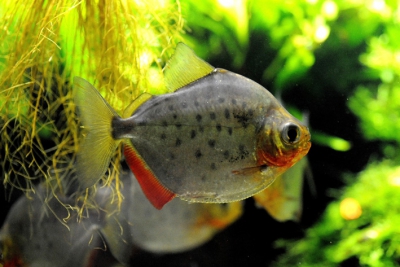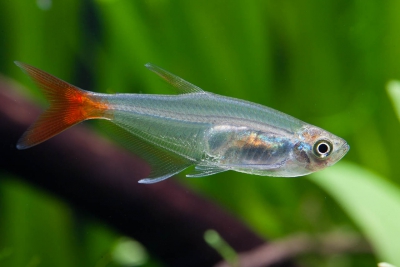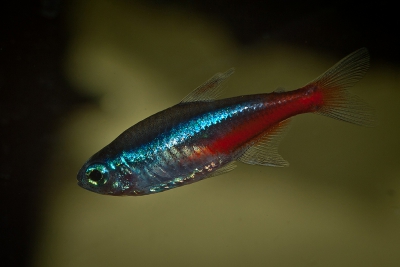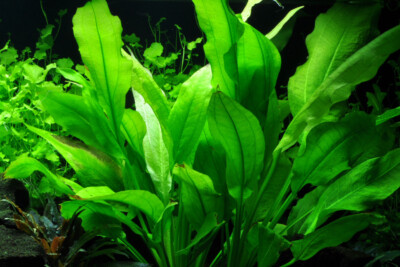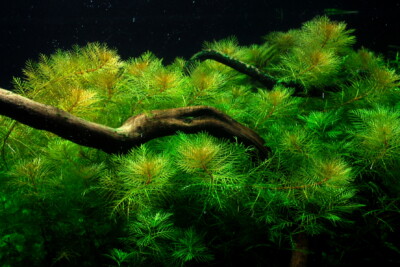Marisa cornuarietis
| Scientific name | Marisa cornuarietis |
|---|---|
| Descriptor | Linnaeus |
| Year of description | 1758 |
| IUCN category (World) | LC |
| Family | Ampullariidae |
| Genus | Marisa |
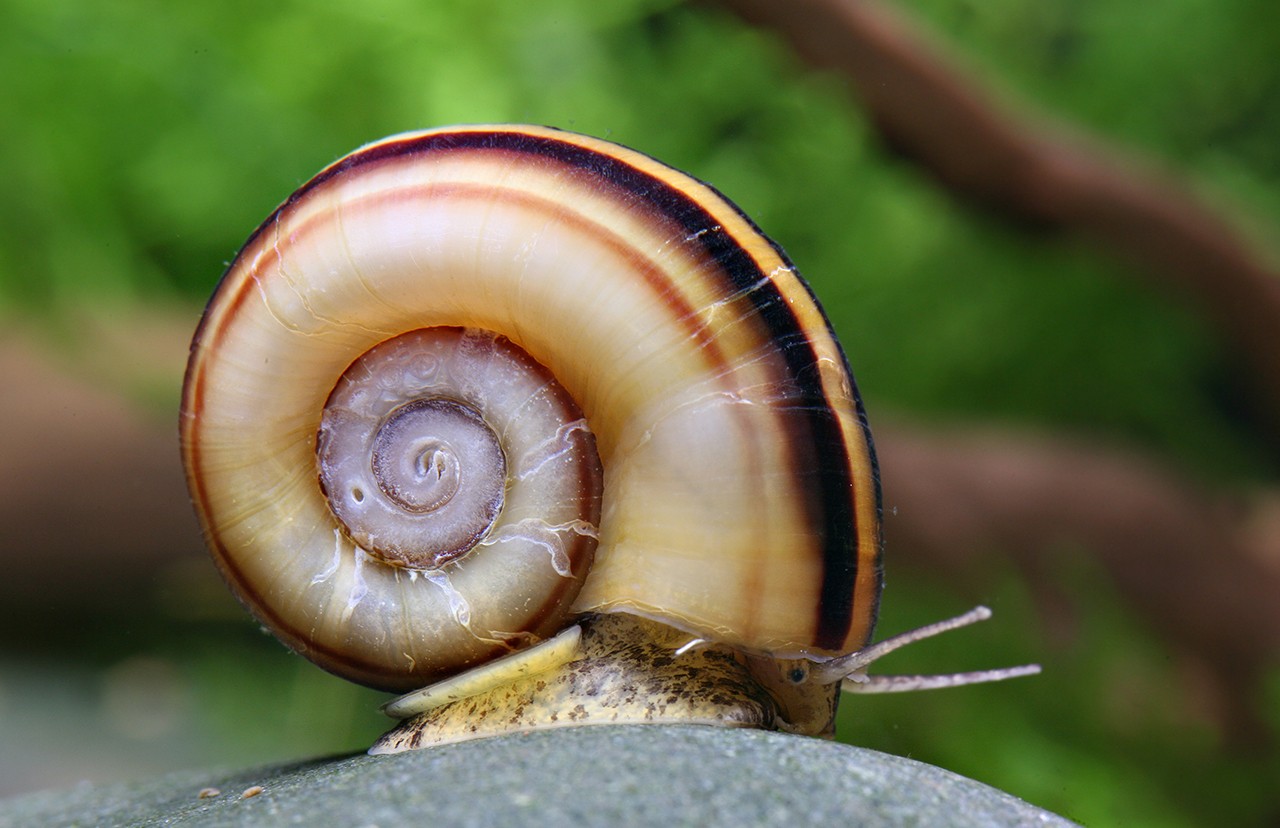

Introduction
Marisa cornuarietis is a little fresh water mollusc from the Amérique du Sud.
This sheet is currently being prepared. The texts currently proposed come from our data model or are being drafted. To request priority for this content, you can write to us HERE.
Who is it?
Morphology
-
Type
-
Size3 - 5 cm
-
Longevity2 year
-
Coloursdull
-
Mimicryplants
-
Type of mouthradula
-
ChromatophoresNo
-
Type
-
Size3 - 5 cm
-
Longevity2 year
-
Coloursdull
-
Mimicryplants
-
Type of mouthradula
-
ChromatophoresNo
How to recognize This mollusc ?
Marisa cornuarietis measures between 3 and 5 cm. Given its small size, this species is commonly referred to as a "dwarf" animal. This mollusc is bicolore with a predominantly jaune and marron body.
Behaviour & Life cycle
-
SociabilityThe following information corresponds to the mode of sociability once sexual maturity has been reached.solitary
-
Way of livingdiurnalAn animal is said to be diurnal when it lives during the day.
-
VenomousNo
-
Dietnot specified
Marisa cornuarietis is a mollusc solitary naturally found in the vegetation. This species is omnivorous with herbivorous tendency . Measuring only a few centimeters, this small species tends to be discreet and hide in the presence of larger neighbors.
Although Marisa cornuarietis is non-territorial, it is sometimes aggressive towards other species.
Reproduction
-
Reproductionovipare qui pond sur substrat découvert
Marisa cornuarietis is a mollusc ovipare qui pond sur substrat découvert.
Harmless species
This species does not represent any particular threats to humans when encountered in its natural environment.
Origin and distribution
Conservation status of populations (IUCN)
What is its habitat?
Natural environment characteristics
-
Temperature13 - 30 °C
-
pH (acidity)7 - 8.5
-
FlowSlow and Stagnant
Biotope presentation
Marisa cornuarietis is most often found at a depth between 0m and 1m. However, it is not impossible to find this species at other depths. This animal evolves in areas characterized by a strong presence of vegetation (aquatic and marsh plants, decaying organic matter, roots...). It is particularly observed near clusters of leaves or plants where it finds food and shelter in case of danger.
Species of the same biotope
Main recommendations for fishkeeping
Deontology
In order to preserve wildlife, if you acquire this animal, it must not be released into the wild. See also, the Fishipedia charter.
Fishipedia supports the practice of responsible and environmentally friendly aquarium keeping. We encourage maintenance if it is motivated by a desire to understand the biological functioning of living things and if it is done with respect for animal life.
We believe that aquaristics is an opening to the discovery of aquatic environments, especially freshwater, and that this knowledge is necessary to better protect and respect these environments. Logically, we refute the compulsive purchase of animals that would not find a sufficient and / or adapted place in the host aquarium.
Our recommendationsThese tips apply to adult species from breeding. With regards to water conditions, wild species or close relatives must be kept under the same conditions as in their area of origin.
-
Min volume50 liters
-
Population min1
-
Temperature13 - 30 °C
-
pH (acidity)6.8 - 7.2
Characteristics
-
Behaviourslightly aggressive
-
Robustnessrobust
Recommended equipment from our partners
-
Aquarium
-
Filtration
General reminders
It is strongly advised to read the complete dedicated file and to get information on the feedbacks of maintenance of the envisaged animal, this to avoid any potential conflict whose end result is generally the death of the individual (or the other inhabitants). It is important not to overload your aquarium to limit pollution. This will make maintenance easier.
In nature, animals are subject to weather conditions and live in waters with variable characteristics. The recommendations offered by our team for aquarium maintenance are a guidance and cannot be assimilated to scientific datas.
General reminder on maintenance datas
Le démarrage d'un aquarium est une partie primordiale pour l'équilibre et le bien-être des poissons. Lorsque l'on met en eau un aquarium, l'eau passe naturellement par un cycle biologique : le cycle de l'azote. Celui-ci dure environ trois semaines. Tous les 2 jours, nous vous conseillons de tester votre eau jusqu'à ce que le taux de nitrite soit à zéro pendant plusieurs jours d'affilée.
Pour accélérer ce cycle, vous pouvez utiliser un activateur de bactéries comme JBL Denitrol. Cette solution riche en bactéries vivantes et enzymes permet une mise en place rapide du cycle de l'azote. Les poissons peuvent alors être introduits plus rapidement.
Il est important de tester l'eau de son aquarium régulièrement pour maintenir un environnement sain pour les poissons et les autres habitants. Les tests d'eau permettent de mesurer les niveaux de différents paramètres tels que le pH, la dureté totale, ainsi que les taux de nitrates, de nitrites et d'ammoniaque.
Pour réaliser ces tests, vous pouvez utiliser des produits d'analyse spécialisés tels que JBL ProScan qui permet de réaliser un diagnostic de l'eau directement via un smartphone. Il existe également des coffrets de tests plus classiques de bandelettes, comme JBL PROAQUATEST.
En cas d’usage de l’eau du robinet, vous pouvez utiliser un conditionneur d’eau de type Biotopol de JBL pour éliminer les substances nocives comme le chlore, le cuivre, le plomb et le zinc. Les conditionneurs d'eau garantissent une meilleure santé aux poissons et une meilleure croissance des plantes.
Chlorine and chloramine are dangerous for the health of animals. Used to disinfect water, these agents are present in significant quantities in tap water. We recommend using an anti-chlorine agent every time you change the water. In addition to chlorine, treatments and medicines sold for aquarium use sometimes contain dangerous heavy metals in high doses.
Specific needs for Marisa cornuarietis
Marisa cornuarietis is a species which lives naturally at a temperature between 13 °C and 30 °C. For proper maintenance, the temperature should never exceed the 33°C for long periods. Nitrate levels should remain below 50mg/L. To keep the water clean and unpolluted, plan on changing 20% to 30% of the water volume each month.
Breeding this species is accessible to any hobbyist. It is recommended to follow some basic rules and to be rigorous to achieve a good maintenance.
This species is particularly common in the aquarium trade. Animals from long-term breeding are usually acclimatized at a temperature of about 26 °C in neutral water.
Formal incompatibilities
Cohabitation & Environment
In a community aquarium context, this species should be kept in a minimum volume of 50 liters.
It should be noticed that this species should not be kept with large crustaceans or fish, as it would become a prey of choice. Smaller species should preferably be inserted in the aquarium some time before the larger ones. Moreover, if you want to breed it, it is better to put them in a specific aquarium.Be careful, this species does not appreciate plants and will end up destroying, uprooting or nibbling them. It will not be possible to make an aquarium planted in its presence.
Tips for feeding
Marisa cornuarietis is omnivorous with herbivorous tendency.
This species can eat dry food (flakes, pellets), fresh food and frozen food. To avoid deficiencies, it is recommended to vary the types of food.
You should not overfeed your residents to avoid polluting the water. For most species, it is better to feed a few small portions each day rather than one large meal.
Reproduction protocol
-
egg-laying protectionYes
Hybridization risks
In general, it is advised not to mix several species of the same genus or different varieties of the same species, to avoid the risks of hybridization.
These plants might interest you
Plants play a crucial role in aquariums, both for their ability to filter water by absorbing excess nutrients and for their aesthetic contribution. They provide fish with natural hiding places, can serve as breeding sites, and generally help maintain the overall balance and optimal conditions of the aquarium. The selection presented here includes species from the same regions as the species described on this page, although they do not necessarily come from its exact natural biotope.
To go further
Sources & Contributions
Participation & Validation
The Fishipedia team and specialist contributors are committed to providing high-quality content. However, although the information comes from scientific sources or testimonials from specialists, the cards may contain inaccuracies.

Benoit Chartrer
Translation
Translation done with the valuable contribution of our translators, who make this information available to a wider audience. We sincerely thank them for their commitment.
Bibliographic references
Effects of husbandry parameters on the life‐history traits of the apple snail, Marisa cornuarietis: effects of temperature, photoperiod, and population density - John Aufderheide - Ryan Warbritton - Nadine Pounds - Sharon File‐Emperador - Charles Staples - Norbert Caspers - Valery Forbes - Invertebrate Biology - 2006.
First European record of the giant ramshorn snail Marisa cornuarietis (Linnaeus, 1758) (Gastropoda: Ampullariidae) from northern Spain - Andrés Arias - Antonio Torralba-Burrial - Limnetica - 2014.
Predation on Invasive Snails, the Red-rimmed Melania (Melanoides tuberculata) and the Giant Ramshorn Snail (Marisa cornuarietis), by the Eastern Musk Turtle (Sternotherus odoratus) in a Texas Spring - Madeleine Morrison - Brian P. Butterfield - Andrew Walde - Stephen G. Ross - Chris Collins - Eric Munscher - IRCF - 2017.
Non-native apple snails: systematics, distribution, invasion history and reasons for introduction - Robert H. Cowie - Kenneth A. Hayes - Ellen E. Strong - Silvana C. Thiengo - Cabi - 2017.
Scientific partners
Tags
Species of the same biotope
